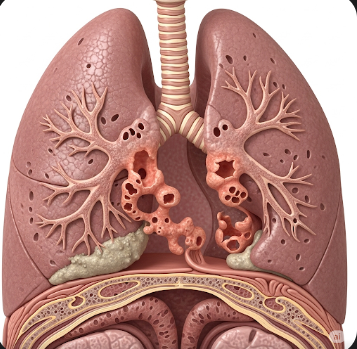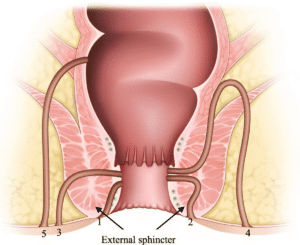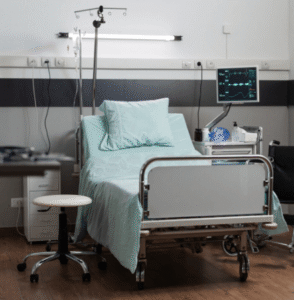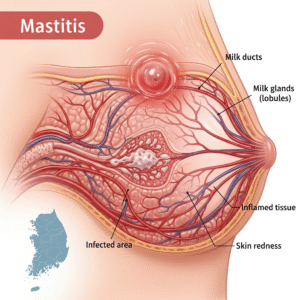Overview
Bronchiectasis is a chronic respiratory condition characterized by permanent widening and damage of the bronchial tubes, leading to recurrent infections, persistent cough, and difficulty clearing mucus from the lungs. It can significantly impact quality of life if not properly managed.
In Korea, bronchiectasis is treated in pulmonology and respiratory care centers, where specialists offer comprehensive evaluation, imaging, infection management, and pulmonary rehabilitation. Korean hospitals emphasize early diagnosis, prevention of recurrent infections, and long-term lung function preservation.
What is Bronchiectasis?
Bronchiectasis is a condition in which the airways become abnormally dilated and inflamed, causing mucus accumulation and increased susceptibility to infections. Over time, the damaged airways may lose their ability to clear mucus, leading to chronic bacterial colonization and inflammation.
Types of bronchiectasis include:
- Cylindrical: Smoothly dilated airways
- Varicose: Irregular airway dilation with constrictions
- Cystic (saccular): Severe dilation forming cyst-like sacs
- Localized: Confined to a specific area of the lung
- Diffuse: Affecting multiple lung lobes
Symptoms
Symptoms can vary depending on severity and underlying cause:
- Chronic productive cough, often with large amounts of sputum
- Recurrent respiratory infections
- Shortness of breath and wheezing
- Fatigue and reduced exercise tolerance
- Chest discomfort or pain
- Hemoptysis (coughing up blood) in severe cases
- Fever during exacerbations
- Clubbing of fingers in long-standing cases
Symptoms may worsen during respiratory infections and can significantly impair daily activities.
Causes
Bronchiectasis can be caused by various underlying conditions or damage to the airways:
- Severe or repeated lung infections (pneumonia, tuberculosis, whooping cough)
- Genetic disorders, such as cystic fibrosis
- Immune deficiencies, leading to recurrent infections
- Chronic inflammation due to allergies or autoimmune diseases
- Obstruction of airways, such as inhaled foreign bodies or tumors
- Chronic aspiration of food or liquids into the lungs
The underlying mechanism involves airway inflammation, mucus accumulation, and infection, which progressively damages the bronchial walls.
Risk Factors
- History of severe respiratory infections
- Cystic fibrosis or genetic disorders affecting mucus clearance
- Immune system deficiencies
- Chronic obstructive pulmonary disease (COPD) or asthma
- Smoking or exposure to environmental pollutants
- Children and older adults, who are more susceptible to infections
Complications
Untreated or poorly managed bronchiectasis can lead to:
- Recurrent pneumonia and chronic infections
- Progressive lung damage and loss of lung function
- Respiratory failure in severe cases
- Hemoptysis, sometimes requiring emergency intervention
- Pulmonary hypertension and right-sided heart strain
- Reduced quality of life due to chronic symptoms and fatigue
Prevention
While not all cases of bronchiectasis can be prevented, risk reduction focuses on:
- Prompt treatment of lung infections to prevent airway damage
- Vaccinations against influenza, pneumonia, and pertussis
- Avoiding smoking and exposure to pollutants
- Managing chronic respiratory conditions like asthma or COPD
- Maintaining good oral hygiene, as poor dental health can contribute to lung infections
- Regular medical check-ups for early detection and management
Treatment Options in Korea
Diagnosis
Accurate diagnosis is crucial to manage bronchiectasis and prevent complications:
- Medical history and symptom assessment
- Physical examination including lung auscultation
- High-resolution CT (HRCT) scan for detailed imaging of airway damage
- Pulmonary function tests to assess lung capacity and airflow obstruction
- Sputum culture to identify infectious agents
- Blood tests to detect underlying immune deficiencies or inflammation
Medical Management
Treatment aims to control infections, reduce inflammation, and improve mucus clearance:
- Antibiotics: For acute infections and prophylactic use in chronic cases
- Bronchodilators: To open airways and improve airflow
- Mucolytic agents: To thin mucus and facilitate clearance
- Anti-inflammatory medications in selected cases
- Vaccinations to prevent respiratory infections
- Oxygen therapy for patients with low blood oxygen
Pulmonary Rehabilitation
- Breathing exercises and physiotherapy to aid mucus clearance
- Exercise programs to improve lung function and stamina
- Patient education on airway clearance techniques and infection prevention
- Nutritional support to maintain overall health
Surgical Management
Surgery is considered in select cases:
- Resection of severely damaged lung segments
- Treatment of localized bronchiectasis not responding to medical therapy
- Management of severe hemoptysis
- Korean surgical centers use minimally invasive thoracic techniques when possible
Prognosis
The prognosis of bronchiectasis varies depending on:
- Severity and extent of lung damage
- Frequency and management of infections
- Underlying conditions such as cystic fibrosis or immune deficiencies
- Timely diagnosis and adherence to treatment
With modern medical care in Korea, including specialized pulmonology clinics, advanced imaging, and multidisciplinary management, most patients can:
- Control symptoms effectively
- Reduce frequency of infections
- Maintain lung function
- Lead active and productive lives
Early intervention, regular monitoring, and patient education are key to preventing long-term complications and preserving quality of life in individuals with bronchiectasis.













